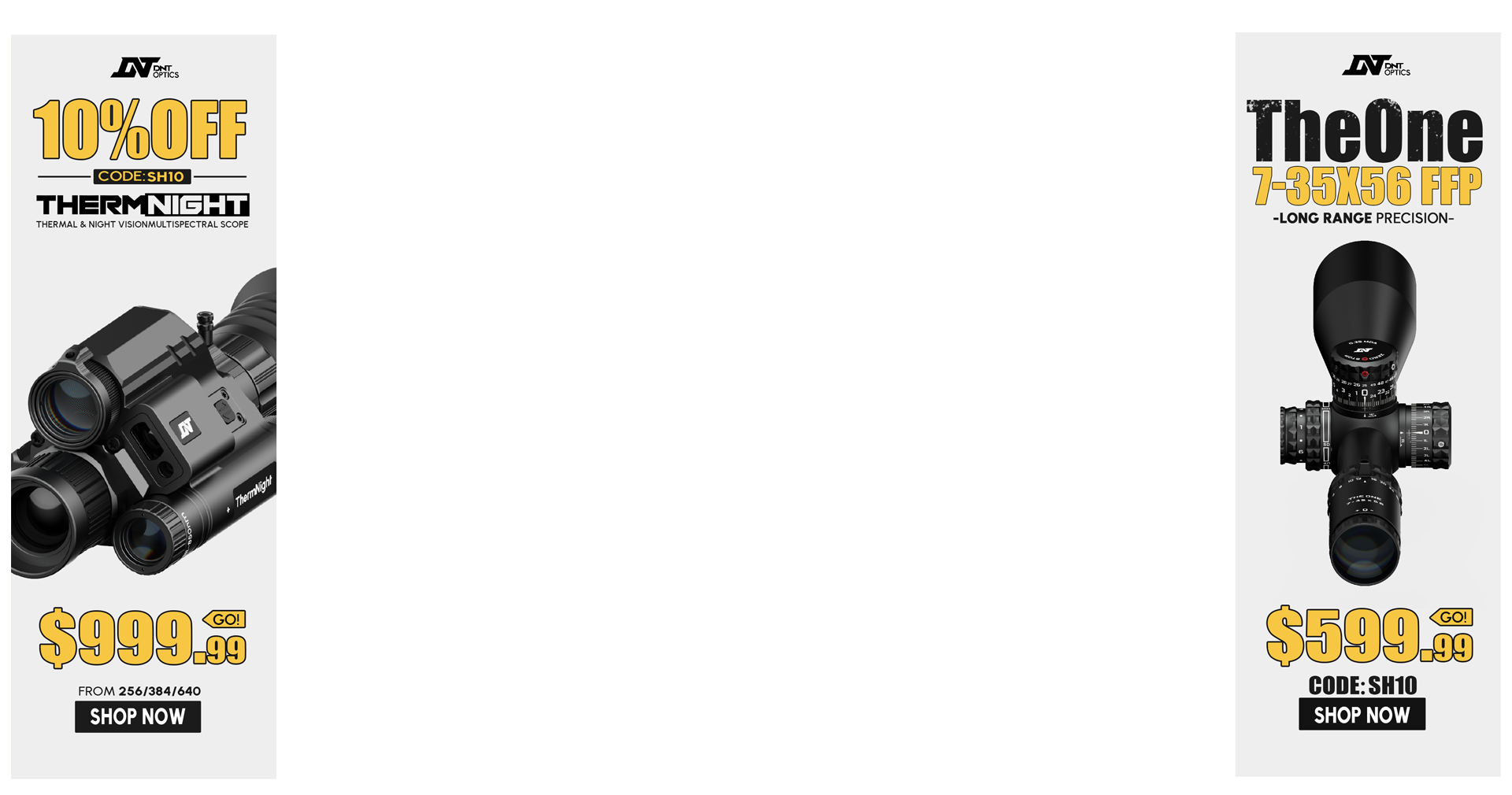Ok, so I have done hours and hours of reading and have got a general sense of everything, EXCEPT a couple questions.
1. What would be a good starter kit that has most of everything I need. I know Lee is the cheapest, but I heard that it's not that great for doing exact amount of powder, that will help you find those great loads. I am not worried about speed of creating just yet. If I really stick to reloading and start shooting massive amount of ammo, I have no problem selling the old stuff and upgrading.
2. What would I need on top of that kit, as far as reloading I only have calipers.
3. What brass should I get. I don't think I need something like luepa brass yet. I have 60 rounds of FGMM 175 in 7.62 . I was gonna use that, but after more reading I see that its crimped primers, so I would need another tool that costs 100+ so Im thinking it might just be easier and cheaper to get new brass? This is considering I dont plan on using 100 rounds each time I go so something like 50-100 units of brass would be enough to cycle through.
4.I have a savage 10 FCP-K. After much reading on loads, I think a good place to start is 175 SMK's and 178 AMAX's, varmint and CCI or federal primers. That sound about right?
5. I read the post about using the ladder system and only had one problem with it. It said to use 300-600 yards. Well how would 50, 100 or 200 yards do? 200 yards is the maximum at my range and the reason I mention 50 and 100 is that if Im hoping to to see what the bullet does and not me, the closer the better(to take my skill out of the equation). Would the holes be too close at 50 or 100 yards for me to tell which ones are grouping or not.
Any other suggestions are also welcome.
1. What would be a good starter kit that has most of everything I need. I know Lee is the cheapest, but I heard that it's not that great for doing exact amount of powder, that will help you find those great loads. I am not worried about speed of creating just yet. If I really stick to reloading and start shooting massive amount of ammo, I have no problem selling the old stuff and upgrading.
2. What would I need on top of that kit, as far as reloading I only have calipers.
3. What brass should I get. I don't think I need something like luepa brass yet. I have 60 rounds of FGMM 175 in 7.62 . I was gonna use that, but after more reading I see that its crimped primers, so I would need another tool that costs 100+ so Im thinking it might just be easier and cheaper to get new brass? This is considering I dont plan on using 100 rounds each time I go so something like 50-100 units of brass would be enough to cycle through.
4.I have a savage 10 FCP-K. After much reading on loads, I think a good place to start is 175 SMK's and 178 AMAX's, varmint and CCI or federal primers. That sound about right?
5. I read the post about using the ladder system and only had one problem with it. It said to use 300-600 yards. Well how would 50, 100 or 200 yards do? 200 yards is the maximum at my range and the reason I mention 50 and 100 is that if Im hoping to to see what the bullet does and not me, the closer the better(to take my skill out of the equation). Would the holes be too close at 50 or 100 yards for me to tell which ones are grouping or not.
Any other suggestions are also welcome.

